The relationship between violin and piano notes is a topic of interest to musicians, particularly those learning or teaching these two popular instruments. While both belong to distinct families – violin to the string family and piano to the percussion family – they also share the common language of music: notes. But are the notes on a violin the same as those on a piano? This question triggers a fascinating exploration into the nature of musical notes, their representation, and how they are produced and perceived on different instruments. Join us as we delve into this intriguing comparison between violin and piano notes.
What Is Sheet Music?
Sheet music is a written representation of musical notes and rhythms on paper using symbols. Generally, it employs the five-line staff, clefs, and a series of notes and rests to indicate pitch and rhythm. For musicians, sheet music serves as a roadmap guiding them in playing a piece of music. It enables them to understand the composer’s intentions, such as the melody, harmony, tempo, dynamics, and the overall structure of the piece. For both piano and violin, sheet music provides the essential instructions on how to interpret and perform a composition, though the ways of executing these instructions may differ due to the inherent characteristics of each instrument.
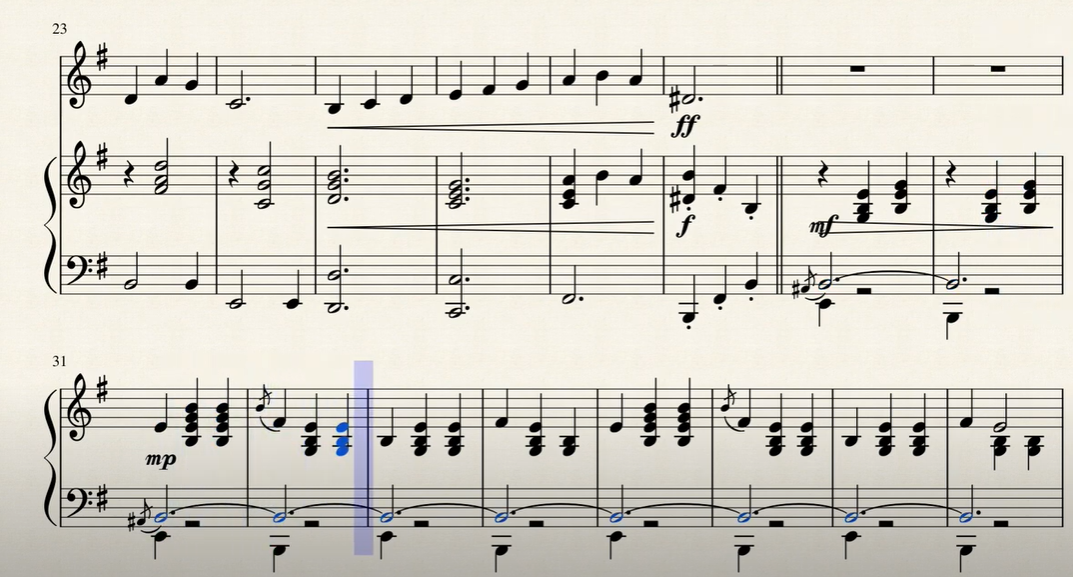
Violin and Piano Notes: Understanding the Differences
While the same notes can be played on both a violin and a piano, there are key differences that arise from the unique attributes of each instrument. For one, the piano is a polyphonic instrument, meaning it can play multiple notes simultaneously to create chords, while the violin is predominantly monophonic, usually playing one note at a time. This difference significantly influences the way notes are read and played on each instrument. [1]
Analyzing the Pitch of Each Instrument
The pitch of a musical note refers to the perceived frequency of the sound, determining whether it is high (like a bird chirping) or low (like a bass drum). On the piano, pitch is determined by the specific key that is played – with lower pitches on the left and higher pitches on the right. Each key corresponds to a unique note, and the sequence of keys follows the chromatic scale.
On the violin, however, pitch is more fluid and not tied to specific, pre-determined positions. Violinists adjust the pitch by moving their fingers up and down the fingerboard, with lower pitches towards the scroll and higher pitches towards the body of the violin. The same note can be played on different strings, providing a variety of tonal colors. So, while the fundamental frequency of a note (A, B, C, etc.) is the same on both instruments, the way these pitches are produced and their tonal qualities can greatly differ.
Examining the Range of Violin and Piano
The range of an instrument refers to the complete span of musical notes it can produce. A standard piano has 88 keys, giving it a wide range of more than seven octaves. This expansive range allows the piano to produce deep, resonant bass notes, midrange notes, and high, delicate treble notes, encompassing almost the entire spectrum of pitches available in Western music.
The violin, on the other hand, has a more limited range in comparison. A typical violin has four strings, tuned to G3, D4, A4, and E5. The lowest note achievable is G3 on the G string, and the highest is variable, often reaching up to C7 or above, depending on the skill of the violinist. While this range is relatively narrower than the piano, it still offers a wide spectrum of notes, particularly in the higher register, that allows for expressive and evocative performances. The unique range and voice of each instrument contribute greatly to their roles in music, from the robust and versatile piano that often forms the backbone of a musical piece to the emotive violin that can command poignant melodies. [2]
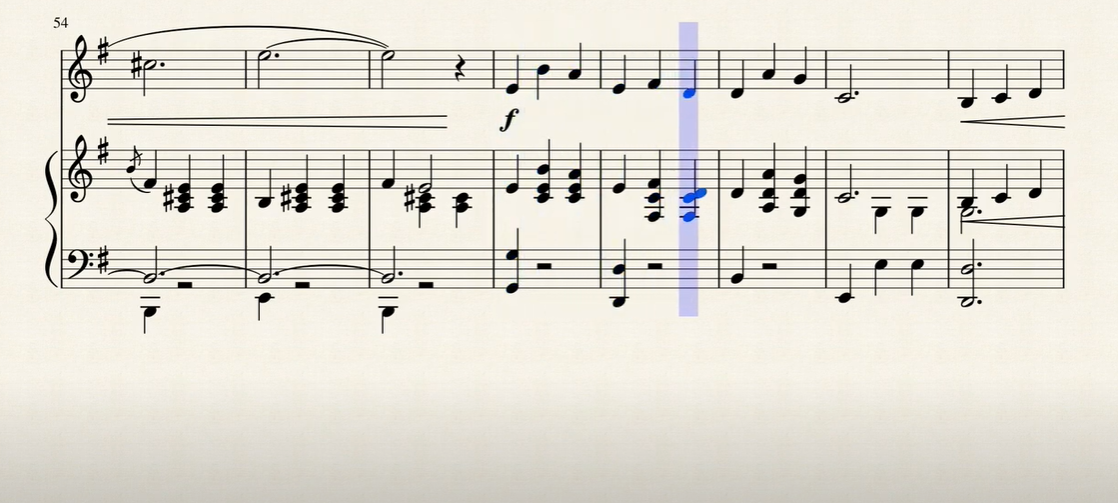
Are Violin And Piano Notes The Same?
In essence, the basic musical notes on a violin and a piano are the same. An “A” note will be the same frequency, whether it is played on a violin or a piano. However, the way these notes are brought to life on these instruments is where the difference lies. The violin, as a string instrument, produces sound through the vibration of its strings, which are initiated by the friction of the bow. This process allows for an expressive, continuous tone that can be manipulated in various ways through bowing techniques and finger placement. The piano, being a keyed instrument, produces sound when a hammer inside the piano strikes a string. This action results in a more percussive and fixed tone. So, while the fundamental notes themselves are the same, the sound quality, articulation, and means of production of these notes can vary between the violin and piano, giving each instrument its unique voice and expressiveness.
Comparing the Types of Music Played on Each Instrument
Both the violin and the piano are versatile instruments with a rich repertoire spanning various genres and periods. The piano, due to its wide range and polyphonic nature, is well-suited for solo performances, intricate compositions, and accompaniment roles in ensembles and orchestras. It features prominently in classical music, jazz, blues, pop, an array of world music, and even electronic genres. The violin also has a diverse repertoire, with its sweet, expressive tone lending itself to classical music, folk tunes, and various styles of fiddle music. It is also prevalent in orchestral, chamber, and solo performances. [3]
Investigating the Technique Required for Each Instrument
The technique required for both violin and piano is vastly different due to the nature of the instruments. For violinists, the technique is all about the placement and movement of the fingers on the strings, and the application of the bow. They need to master the art of manipulating the bow’s speed, pressure, and point of contact, which greatly influences the sound produced. Additionally, techniques like vibrato and pizzicato add more variety to their expression.
In essence, each instrument requires a unique set of techniques and skills, contributing to their distinct sound and expressiveness in music.
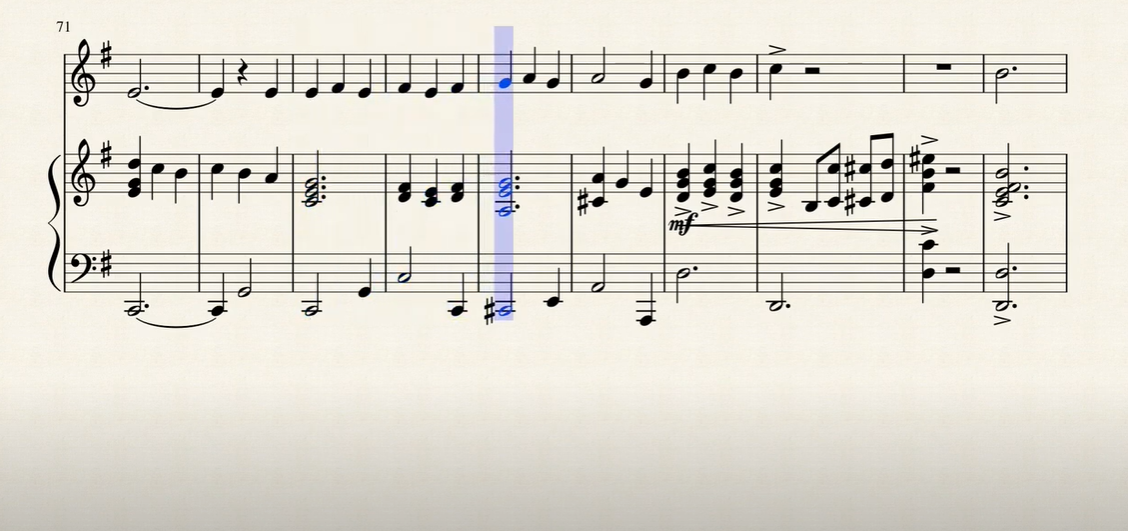
How Do You Convert Piano Notes To Violin?
Converting piano notes to violin is a process of transcribing the music for a different instrument. The basic premise is straightforward because the fundamental pitch of a note remains the same across different instruments. For example, a middle C on a piano will be the same pitch as a middle C played on a violin.
However, one must keep in mind the unique characteristics and limitations of each instrument. Firstly, consider the range of the violin. It has a narrower range compared to the piano, so any notes that fall outside this range may need to be transposed to a suitable octave.
Secondly, remember that the violin can play the same note on different strings. You may need to indicate which string to use for specific notes, based on the desired tone or ease of playing.
Lastly, the expressive techniques that are unique to each instrument will not translate directly. For example, a sustain pedal on a piano has no direct equivalent on a violin, and a violin’s vibrato does not translate to a piano. Therefore, these effects need to be interpreted rather than directly transcribed. [4]
FAQ
Is the violin easier than the piano?
The difficulty level of an instrument is subjective and can vary greatly depending on the individual. However, in general, many people find the piano easier to start with. The piano’s layout is straightforward, with keys for each note in a linear pattern, making it easier to understand music theory concepts like scales and chords. Playing a note correctly is as simple as pressing a key.
The violin, on the other hand, requires more finesse from the very beginning. Playing in tune is a significant challenge, as the violin does not have frets or markers to indicate exact note placements. Bowing techniques can also be complex to master. However, the violin is lighter and smaller, which might be a consideration for younger learners.
Are the notes the same on a guitar and violin?
Yes, the fundamental notes on a guitar and violin are the same as they both follow the chromatic scale, which is the same for all western music instruments. However, the arrangement and the way these notes are played on both instruments differ substantially. The guitar has six strings, and each string contains a range of notes along the fretboard. On the other hand, the violin has four strings, and the notes are played by varying the position of the finger on each string. A particular note can, therefore, be played at different positions on a guitar and violin. Also, like a piano, a guitar can play more than one note at the same time, which is not the case with a violin. Hence, while the notes are fundamentally the same, the method of playing them varies between the two instruments.
Is reading violin sheet music hard?
Reading violin sheet music can be challenging for beginners, but with practice, it becomes more manageable. Violin sheet music uses the treble clef, and each line and space on the staff corresponds to a particular note. Unlike instruments such as piano, violinists must also consider additional markings for techniques unique to string instruments, such as bowing directions and fingerings. Furthermore, because the violin can play the same note on different strings, violin sheet music may indicate which string to use for a specific note. However, with consistent practice and familiarity with the instrument, reading violin sheet music can become second nature.
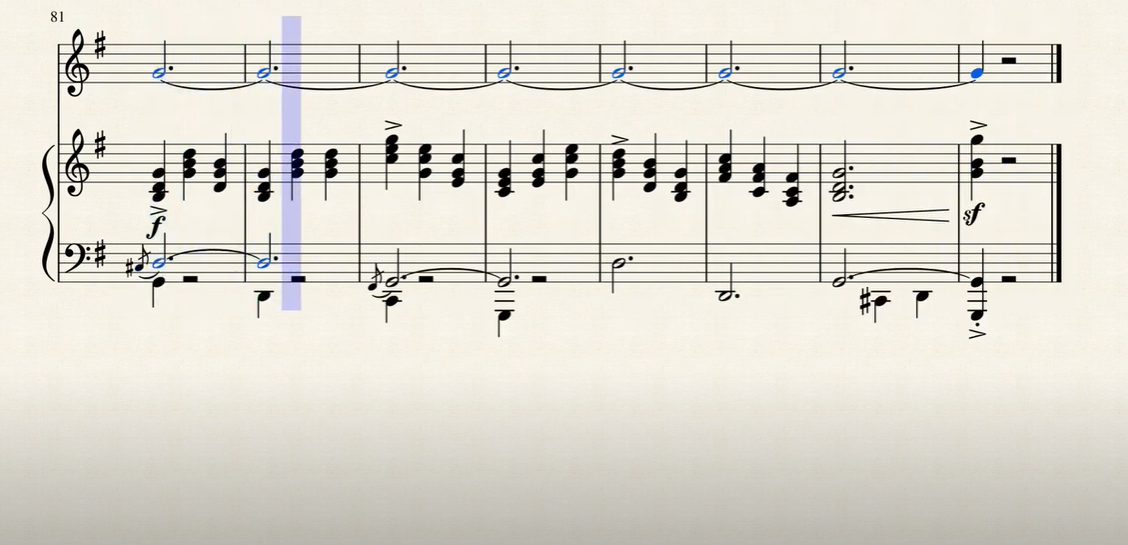
Does playing the piano or violin make you smarter?
Playing either the piano or the violin, like engaging in any musical activity, can indeed boost cognitive abilities and foster intelligence. Studies suggest that music training enhances memory, attention, and spatial-temporal skills. It also promotes discipline, perseverance, and creativity, traits that are transferable to academic and professional settings. However, it’s essential to remember that intellectual growth is a complex process influenced by multiple factors. While playing a musical instrument like the piano or violin can contribute to cognitive development, it should ideally be complemented with a balanced range of other educational and life experiences.
Why is piano easier than violin?
The perceived ease of learning the piano over the violin is primarily due to the straightforwardness of producing sound and visually understanding music theory on the piano. When you press a key on the piano, a note plays. This is not the case with the violin, where producing a pleasant sound requires nuanced control of bowing technique and precise finger placement. Additionally, the linear layout of the piano keys provides a clear visual representation of musical intervals and scales. In contrast, the violin lacks any visual guides, requiring the player to learn note positions by ear and touch. Therefore, while both instruments have their complexities and challenges, beginners might find the piano more forgiving and easier to start with.
Why do piano and violin sound good together?
The piano and violin often sound harmonious together due to their complementary tonal qualities and ranges. The piano, with its wide range and ability to play multiple notes simultaneously, provides a robust foundation, offering both harmony and rhythm. It can deliver a rich and full-bodied sound, forming either a backdrop for the violin or engaging in a musical dialogue with it. On the other hand, the violin, with its ability to sustain notes and its similarity to the human voice, often plays the melodic line, adding an expressive and emotive layer to the music. Its warmer, more intimate sound contrasts beautifully with the piano’s broader tonal spectrum.
Can a violinist learn piano?
Indeed, a violinist can learn to play the piano. Musical skills such as reading notes, understanding rhythm, and having an ear for pitch, which are learned while mastering the violin, are transferable to piano learning. However, there will be new elements to learn such as simultaneous note playing, hand independence, and different music theory concepts visualized on the piano keys. Also, the physical demands of the two instruments are quite different, so there would be a new level of coordination to develop. The learning process might present its challenges, but with patience, practice, and possibly guidance from a skilled teacher, a violinist can successfully learn to play the piano.
What instrument has the same notes as the violin?
The viola, an instrument that is slightly larger than a violin, shares the same fundamental notes. Like the violin, the viola follows the chromatic scale, which is universal for all western music instruments. However, the viola is tuned a fifth lower than the violin, so the exact pitches of the open strings are different. The viola’s four strings are typically tuned to C3, G3, D4, and A4, while the violin is tuned to G3, D4, A4, and E5. Despite the difference in tuning, the relative finger positions to play the same melodies are similar on both instruments, and a great deal of technique can be transferred from one to the other.
Useful Video: The Sound of Music – My Favorite Things – Violin & Piano Duet Sheet Music
Conclusion
In conclusion, the piano and violin, while vastly different in construction and method of play, are both capable of producing the same notes found in the universal chromatic scale of western music. The piano’s linear, visual layout and ability to play multiple notes simultaneously contrasts with the violin’s reliance on aural skills and precise finger placement. Each instrument offers unique challenges and rewards, contributing positively to cognitive development. Furthermore, they create a beautiful harmonic balance when played together. Importantly, skills learned on one instrument, such as the violin, can be transferred to learning another, like the piano or viola, although new elements and physical demands present their own challenges. These insights highlight the fascinating interconnectedness and distinctiveness of musical instruments, underlining the diverse ways in which they enable us to explore and articulate the infinite landscape of music.
References:
- https://playingkeys.com/violin-vs-piano-sheet-music/
- https://violinsolution.com/are-violin-and-piano-notes-the-same/#google_vignette
- https://www.wikihow.com/Transpose-Piano-Notes-to-Violin-Notes
- https://www.lowendtheoryclub.com/why-is-violin-music-written-in-treble-clef-and-piano-music-in-both-treble-and-bass-clefs/#google_vignette




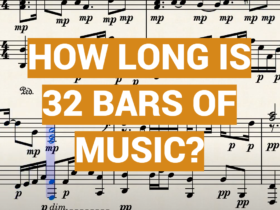
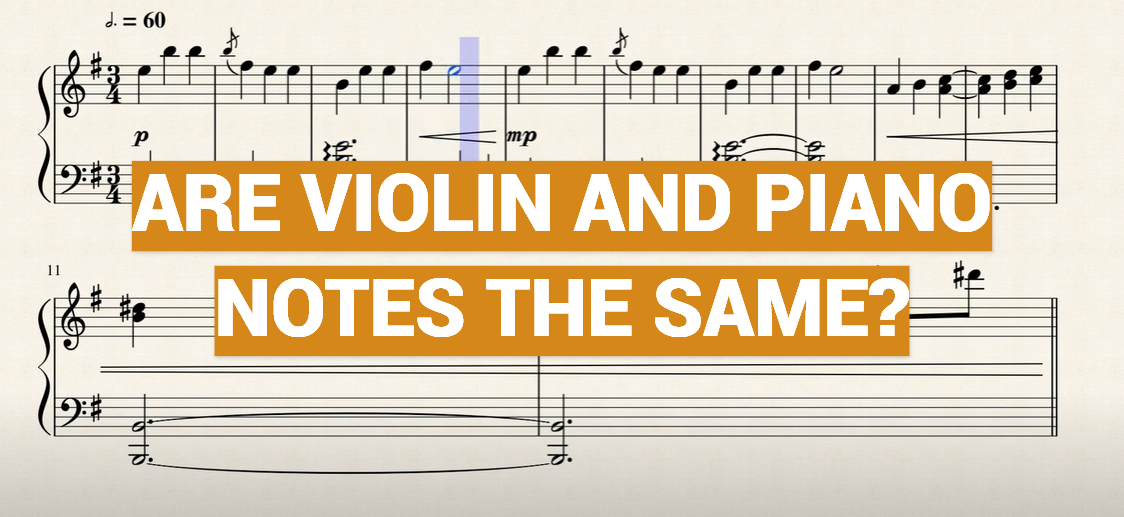
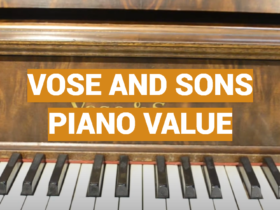


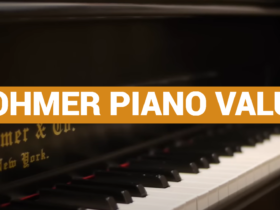
Leave a Reply